Watch Japanese Motorcycle Gangs Doc.... in Educational | View More Free Videos Online at Veoh.com
The word bōsōzoku is also applied to motorcycle gangs, who share an interest in modifications (often illegal) for motorcycles, such as removing the mufflers so that more noise is produced. These bōsōzoku groups also engage in dangerous or reckless driving, such as weaving in traffic, not wearing motorcycle helmets, and running red lights. Another activity is shinai bōsō (市内暴走) speeding in citystreets, not usually for street racing but more for thrills. With many bikes involved, the leading one is driven by the sentōsha (先頭車), the leader, who is responsible for the event and is not allowed to be overtaken. Japanese police call them Maru-Sō (police code マル走), and dispatch a police vehicle to trail any groups of bikes to prevent any possible incidents, which can include riding through suburbs at speeds of 5–10 miles an hour, creating a loud disturbance and waving imperial Japanese flags, to starting fights which can include weapons such as wooden swords, metal pipes, baseball bats and Molotov cocktails. These bōsōzoku gangs are generally composed of people under the legal adult age, which in Japan is 20 years old.
They were first seen in the 1950s as the Japanese automobile industry expanded rapidly. The first bōsōzoku were known as kaminari-zoku (雷族 "Lightning Tribes"). Many, if not most, of bōsōzoku came from a lower socioeconomic class and may have used the motorcycle gang activities as a way to express disaffection and disastisfaction with Japanese mainstream society. Many of the most hard-core bōsōzoku would become lower-ranking members of the Yakuza after turning 20 years of age.
In the 1980s and 90s, bōsōzoku would often embark on massed rides, in which up to 100 cyclists would cruise together slowly en masse down an expressway or major highway. The motorcyclists would run toll booths without stopping and would ignore police attempts to detain them. New Years Eve was a popular occasion for the massed rides. The cyclists would sometimes smash the cars and beat up any motorists or bystanders who got in the way or expressed disapproval with the cyclists' behavior.
In 2004 the Japanese government passed a revised road traffic law which gave the police more power to arrest cyclists riding recklessly in groups. With increased arrests and prosecutions,bōsōzoku participation went into decline. As of 2010, police reported that the new trend among bōsōzoku was to ride together in much smaller groups and to ride scooters instead of heavily modified motorcycles. Aichi prefecture was reported to have the highest number of riders, followed by Tokyo, Osaka, Ibaraki, and Fukuoka.[1]













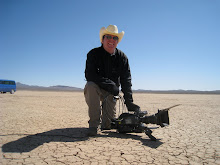


























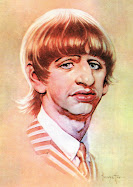






















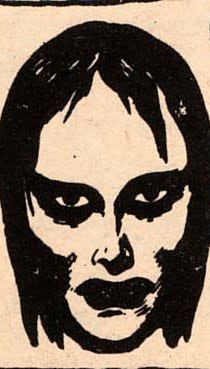









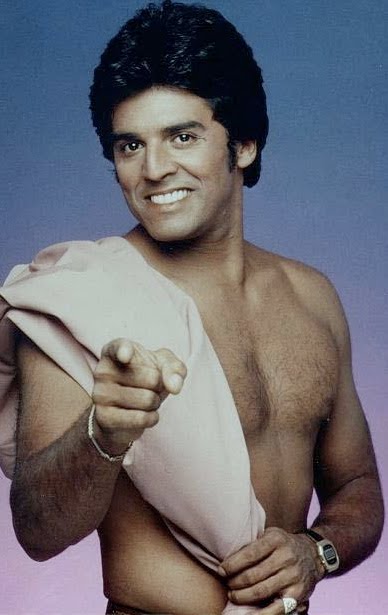









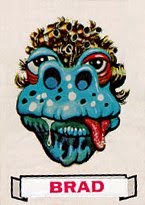







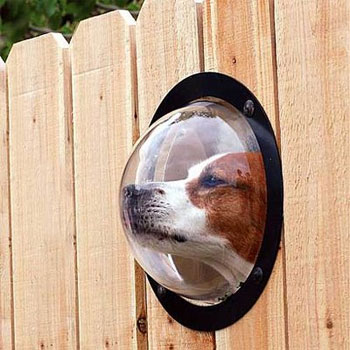















































No comments:
Post a Comment